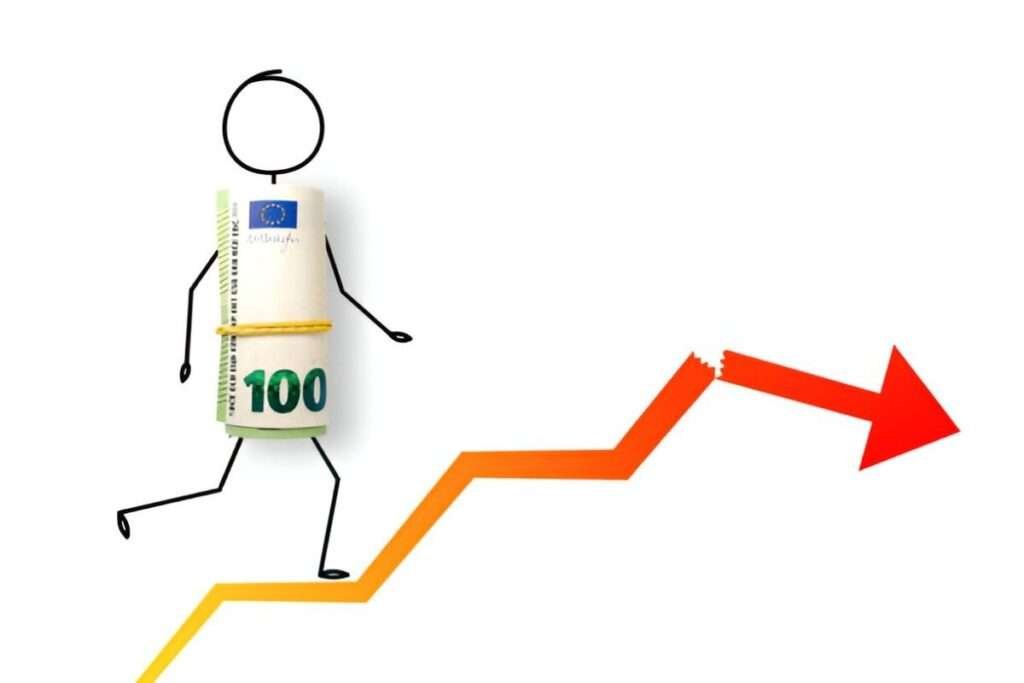Introduction
Managing risk is the foundation of long-term success in forex trading. A trader without a structured risk management strategy is bound to lose in the long run. This article focuses on how to manage forex risk with a $50 account using a compound growth approach. By combining realistic expectations with disciplined risk control, a trader can steadily grow capital while minimizing unnecessary exposure. I will break down essential concepts, strategies, and calculations to ensure a solid grasp of this topic.
Table of Contents
Understanding Forex Risk Management
Forex risk management involves identifying, assessing, and mitigating risks that can lead to capital loss. Traders often use stop losses, position sizing, leverage control, and risk-reward ratios to protect their investments. When working with a $50 balance, every decision must be precise to avoid wiping out the account.
Key Risk Factors in Forex Trading
- Leverage Risk: High leverage increases profit potential but also magnifies losses.
- Market Volatility: Sudden price swings can trigger stop losses or margin calls.
- Emotional Trading: Fear and greed often lead to irrational decisions.
- Lack of Strategy: Trading without a structured plan increases failure chances.
The Compound Growth Approach
Compounding involves reinvesting profits to accelerate account growth. Instead of taking profits prematurely, the trader allows gains to increase position sizes organically. The formula for compound growth is:
A = P \left( 1 + r \right)^nWhere:
- AA = Future value of the account
- PP = Initial balance ($50)
- rr = Growth rate per trade
- nn = Number of trades
Using this method, a trader can aim for sustainable growth while controlling downside risks.
Position Sizing with a $50 Account
Proper position sizing ensures that a trader doesn’t risk too much on a single trade. A general rule is risking only 1–2% per trade. For a $50 account, this means:
| Risk % | Risk per Trade |
|---|---|
| 1% | $0.50 |
| 2% | $1.00 |
| 3% | $1.50 |
By sticking to low risk per trade, the trader can endure losing streaks while preserving capital.
Stop Loss and Take Profit Strategies
Setting a stop loss prevents excessive drawdowns. A common risk-reward ratio is 1:2, meaning for every dollar risked, the potential gain is two dollars. Consider this example:
- Trade size: 0.01 lot
- Stop loss: 20 pips (Risk = $1.00)
- Take profit: 40 pips (Reward = $2.00)
If 60% of trades are successful, a trader can steadily grow capital without large drawdowns.
Managing Leverage Effectively
Leverage allows traders to control larger positions, but excessive use increases risk. A $50 account should use minimal leverage (1:10 or 1:20) to prevent margin calls. Consider this table:
| Leverage | Position Size (0.01 lot) | Margin Requirement |
|---|---|---|
| 1:10 | $1,000 | $100 |
| 1:20 | $2,000 | $50 |
| 1:50 | $5,000 | $20 |
Using 1:20 leverage, the trader can maintain sufficient margin to avoid forced liquidations.
Practical Example of a $50 Compound Strategy
Assume a trader risks 2% per trade and gains an average return of 4% per successful trade. If the win rate is 60%, the balance growth can be modeled over 20 trades:
| Trade | Starting Balance | Risk (2%) | Profit (4%) | Ending Balance |
|---|---|---|---|---|
| 1 | $50.00 | $1.00 | $2.00 | $51.00 |
| 2 | $51.00 | $1.02 | $2.04 | $52.02 |
| 3 | $52.02 | $1.04 | $2.08 | $53.06 |
| … | … | … | … | … |
| 20 | $75.29 | $1.51 | $3.02 | $78.31 |
After 20 trades, the account grows by 56.6% while maintaining controlled risk.
The Psychological Aspect of Risk Management
Discipline plays a crucial role in managing a small forex account. Impulsive trading often leads to unnecessary losses. To stay consistent:
- Avoid overtrading; quality over quantity.
- Stick to the risk percentage, even after consecutive losses.
- Keep a trading journal to analyze patterns and mistakes.
Conclusion
Managing a $50 forex account requires discipline, patience, and a structured plan. By using a compound growth approach, proper position sizing, and leverage control, a trader can gradually build capital while minimizing losses. The goal is not instant profits but sustainable growth through calculated decisions. When executed correctly, a small account can grow into a substantial balance over time.





